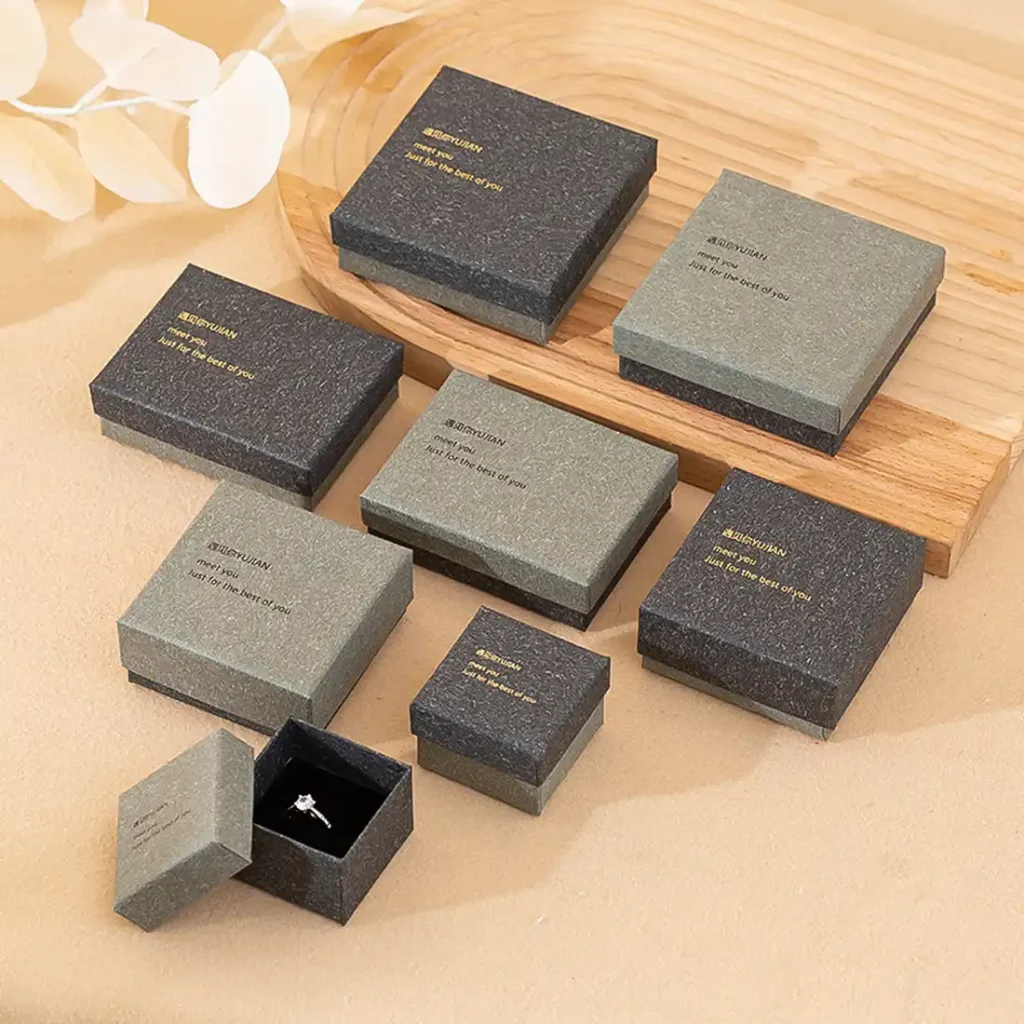A shipping container with “Made in China” labels being blocked by a tariff wall, with Chinese factory workers analyzing export data.
The U.S. tariff hikes on Chinese goods are significantly impacting China “printing and packaging industry”, which heavily relies on exports. Key effects include.
Major Challenges:
Declining Exports – Higher tariffs make Chinese packaging products “less competitive” in the U.S. market, leading to reduced orders.
Profit Squeeze – Many manufacturers face “rising production costs” (ink, paper, logistics) but cannot fully pass them to buyers.
“Supply Chain Adjustments” – Some firms shift focus to “domestic demand” or alternative markets (Southeast Asia, Europe).
Adaptation Strategies:
“Cost Control” – Automation and bulk purchasing help offset tariff impacts.
“Product Upgrades” – High-value packaging (smart, eco-friendly) gains more attention.
“Diversification” – Companies explore “new markets” to reduce U.S. dependency.
Decline in China’s packaging exports to the U.S. (2020-2025) vs. growth in domestic demand.
Conclusion: While tariffs create short-term pressure, they push Chinese firms to “innovate and diversify”, strengthening long-term resilience.

Topack’s Response: Turning Challenges into Opportunities
Faced with mounting U.S. tariffs and shifting global trade dynamics, Topack, as a professional rigid box manufacturer, has proactively adjusted its strategy to remain competitive and resilient. By investing in smart production lines and eco-friendly materials, Topack has transformed its product portfolio, offering high-value, sustainable packaging solutions that appeal to both domestic and international clients.
At the same time, Topack has accelerated its presence in emerging markets such as Southeast Asia and the Middle East, reducing overreliance on U.S. exports. The company also launched new product lines tailored for China’s growing domestic demand, especially in sectors like e-commerce and FMCG.
Internally, Topack has enhanced cost efficiency through automation upgrades and centralized procurement, allowing it to maintain price competitiveness despite rising material costs.
By embracing innovation, optimizing operations, and expanding market reach, Topack is not just weathering the tariff storm—but leveraging it as a catalyst for transformation and long-term growth.




.png)
